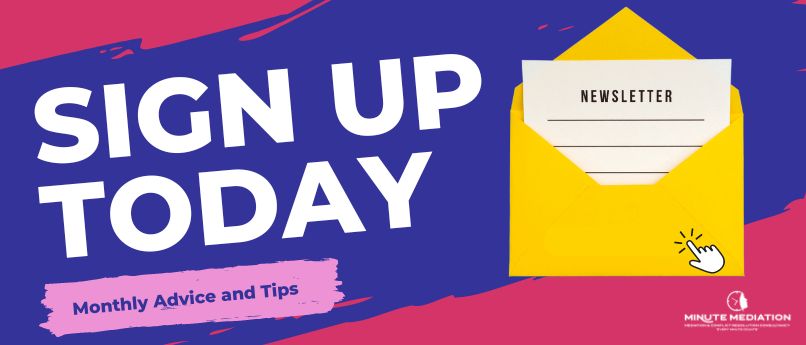Dealing with the elephant in the room, the pitfalls of collaborations

Collaborations in business provide an opportunity to share resources, exchange skills and learning. The opportunity provides someone outside of your immediate circle to provide valuable insight and innovate.
Gone are the days where collaborations took place over an office table, with the advancement of technology and remote workforces, people are working and collaborating with each other from different geographical locations.
Throughout the entrepreneurial journey there are opportunities to innovate and collaborate with others, develop projects and launch businesses to commercial success. The journey is not always so smooth and takes clarity and clear communication to ensure everyone is on the same page.
Collaborations improve problem solving, increases creativity and empowerment, however despite the obvious benefits of collaborations, recent reports disclose that only 39% of teams reportedly complete projects on time, the biggest roadblock is the lack of effective communication.
While collaborations offer the opportunity to reduce costs and increase productivity, the process can come with many mistakes and barriers.
Why do collaborations fail?
While many focus on the advantages of collaboration, there are also many barriers and challenges when parties come together to discuss ideas and innovate.
Some of the main reasons collaborations fail are:
- Not designing a clear strategy
- Lack of clarity of expectations of the project
- Not defining proper roles and responsibilities
- Not listening to team members
- Lack of leadership
- Not working together as one team
- Not creating a supportive environment
Collaborations can also result in frequent conflicts due to working closely together and not knowing the answers or too much strategy and not enough action is being taken by some or all of the team. Shifting from a “I tell, they do” to a “we think together” approach may appear to be a constructive way to engage with others. However, the outcome may arise that there is a gap in the thinking and developing the concept process. Ultimately, through frustration of lack of progress the team no longer feel energised to want to work together, and the project ultimately fails.
There are risk factors that are often overlooked when collaborating that can be time and cost intensive. Using a neutral facilitator while working on team collaborations can ensure a healthy supportive work environment is created. Everyone is provided the tools to overcome the barriers collaborations can create, and overload or overtake the benefit of why the collaboration took place in the first place.
Not all organisations have the structure to support collaborations, in fact, at times implementing collaborations in these organisations can lead to negative effects instead, in particular, if the organisation has traditional or hierarchical team structures.
Using an External Facilitator
To overcome some of these barriers and bring about better collaboration an external neutral facilitator should be appointed.
The benefits of appointing an external facilitator are;
- Appoint a neutral facilitator for all discussions to ensure there is design and support for bringing the group together and ensure that all members of the team are being heard and their contributions are being considered.
- external facilitators have no vested interest in the project
- they can guide the process to assist the group in discussing and acting on issues
- They are willing to ask difficult questions and confront assumptions
- They can move the group forward when dealing with difficult or controversial issues
Using an external facilitator can mean the difference between success and failure for a project. A facilitator can serve multiple roles such as advisor and provide skills and tools to bring out the full potential of a working group without any vested interest as an internal facilitator may have untested assumptions and biases about the issues as well as the history of the situation.
There are many benefits to including an external facilitator when innovating to overcome barriers and build healthy relationships between team members. A facilitator can also assist to understand and accept diverse ideas and opinions and encourage the team members to educate themselves about diverse views, thus creating a supportive environment.
Most importantly, a facilitator can support the group to keep focused on the bigger picture and promote collaboration within the team. Sometimes, teams can lose sight of the larger purpose while innovating and the project may collapse.
The advantages of collaboration with a facilitator
An external facilitator can support the collaboration and provide support and guidance to have the difficult conversations without conflict. This is likely to ensure a successful outcome for your collaboration and completion of the project.
To ensure your collaboration and innovation project is successful in future, contact a member of our team by clicking here to discuss your project requirements.
WHO ARE MINUTE MEDIATION?
Mediation has undoubtedly become an evolving reality today. The demand for trusted mediators has also been rapidly increasing. So, if you are also struggling with a dispute due to a conflict situation in your workplace or community don’t panic anymore.
Minute Mediation Ltd is experienced in facilitating disputes and finding the best possible solutions to help you and your partners find common ground and resolve issues.
So what is the wait for?
Get in touch with us because every minute counts!
Click here for a free 15 minute consultation

